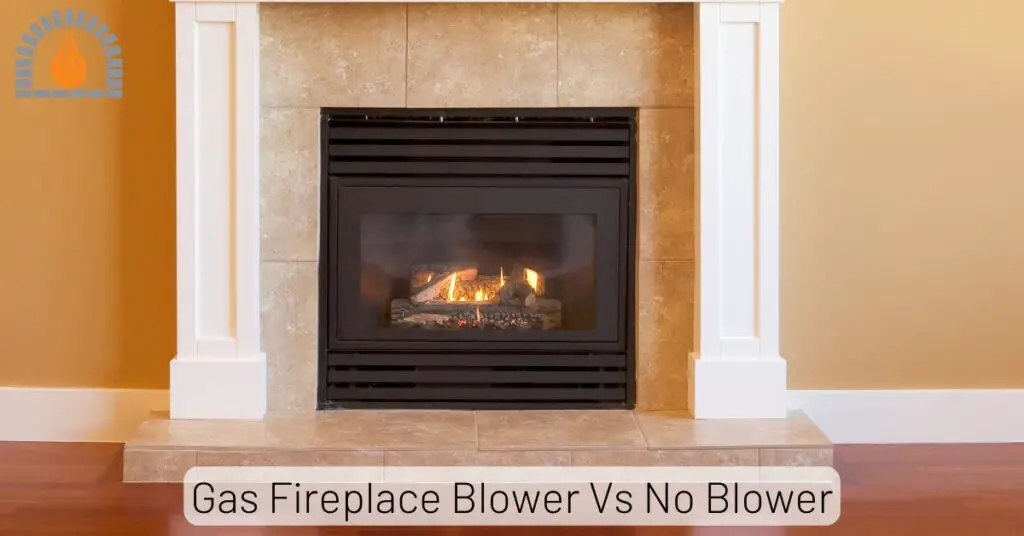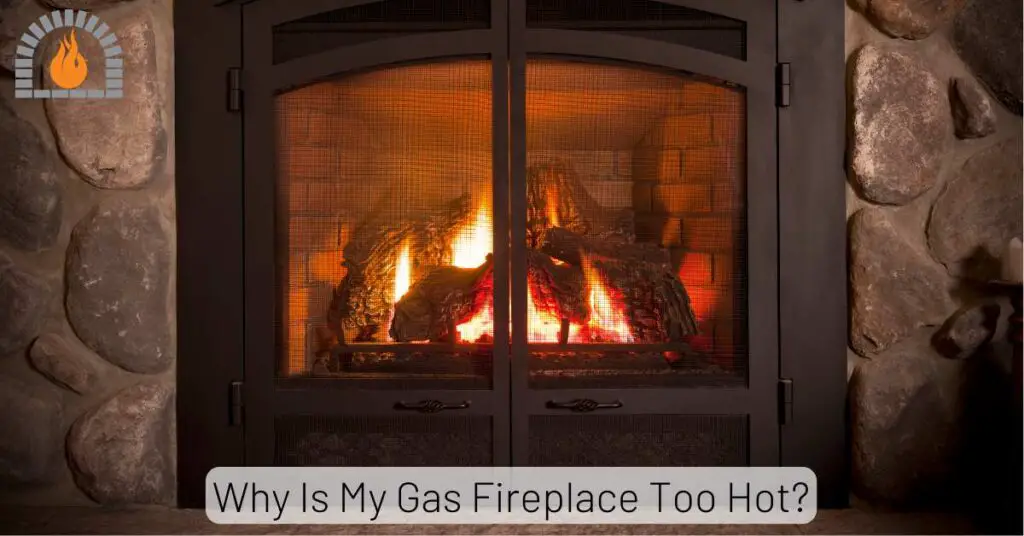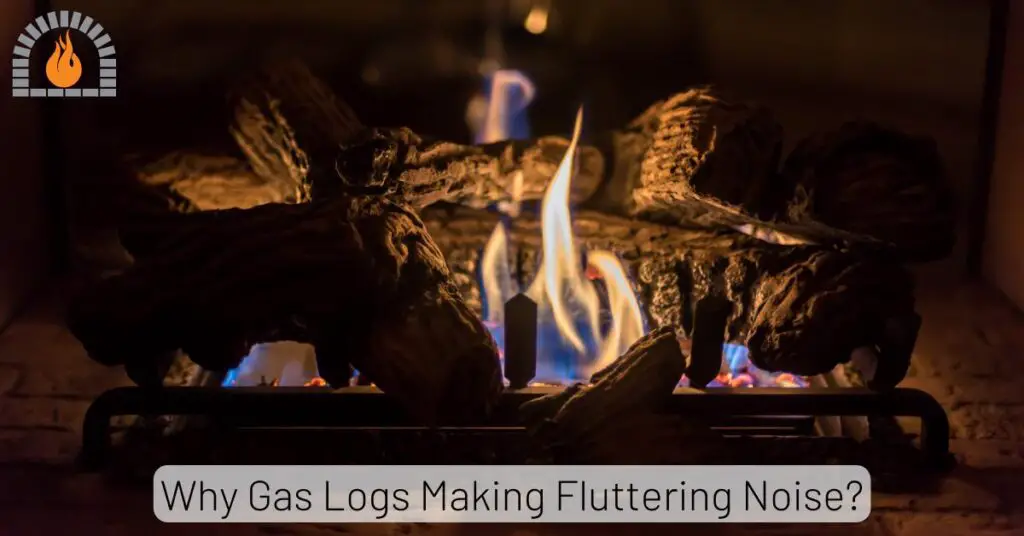The gas fireplace On-Off valve is a crucial component in the functionality and safety of gas fireplaces. This valve serves as the primary control mechanism, allowing users to easily ignite or extinguish the flames with a simple turn of the knob.
The On-Off valve is designed to regulate the gas flow to the fireplace burner, providing users with convenient control over their space’s heat output and ambiance.
Finding a reliable gas fireplace valve can be time-consuming for some enthusiasts. I have identified the most reliable and easy-to-use On/Off valve for a gas fireplace that you can choose for optimal results.
This guide will provide information on the installation process, essential considerations, and safety precautions for using or installing a gas valve.
Best Gas Fireplace On Off Valve
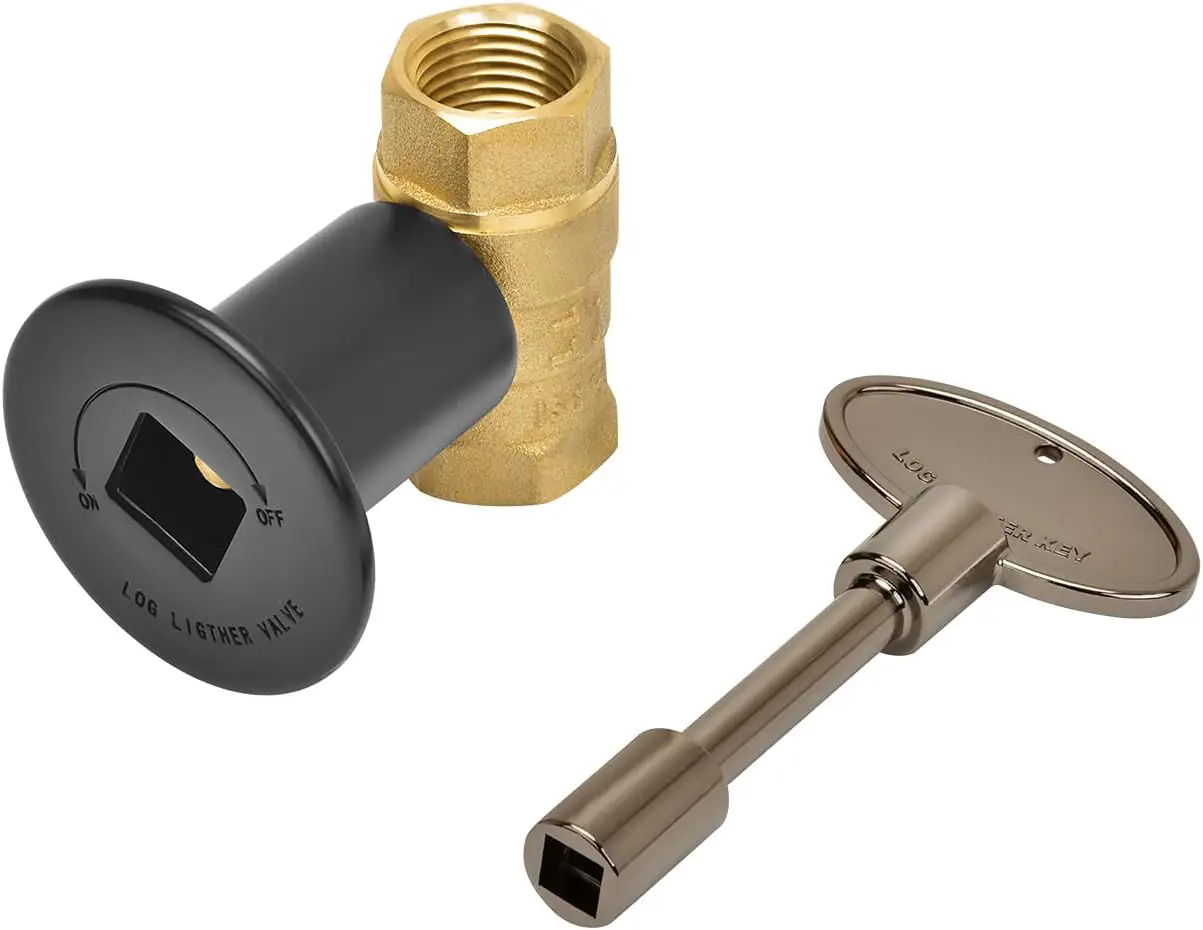 |
Skyflame Gas Fireplace On Off Valve | Use with: natural gas or liquid propane fuels. Rated at: 150,000 BTU; 1/2 PSI. High capacity flow |
Check Price |
The Skyflame Gas Fireplace On-Off Valve is a versatile and high-performance solution for natural gas and liquid propane fuels. With a robust rating of 150,000 BTU and operating at 1/2 PSI, this valve ensures optimal flame performance for your heating needs.
The high-capacity flow is facilitated through a 1/2-inch inlet and outlet featuring standard female NPT threads for compatibility. The kit includes a Quarter-Turn Ball Valve crafted from durable brass, a 3-inch Key, and a Floor Plate Flange in an elegant, flat black finish.
Unlike traditional globe valves, the ball valve design guarantees on/off control without any noticeable pressure drop, ensuring a seamless and efficient operation.
Whether you’re working on a DIY fire pit, fire bowl, fire table, or fireplace project, the Skyflame Gas Fireplace On-Off Valve is incredibly user-friendly, making it the perfect choice for your heating endeavors.
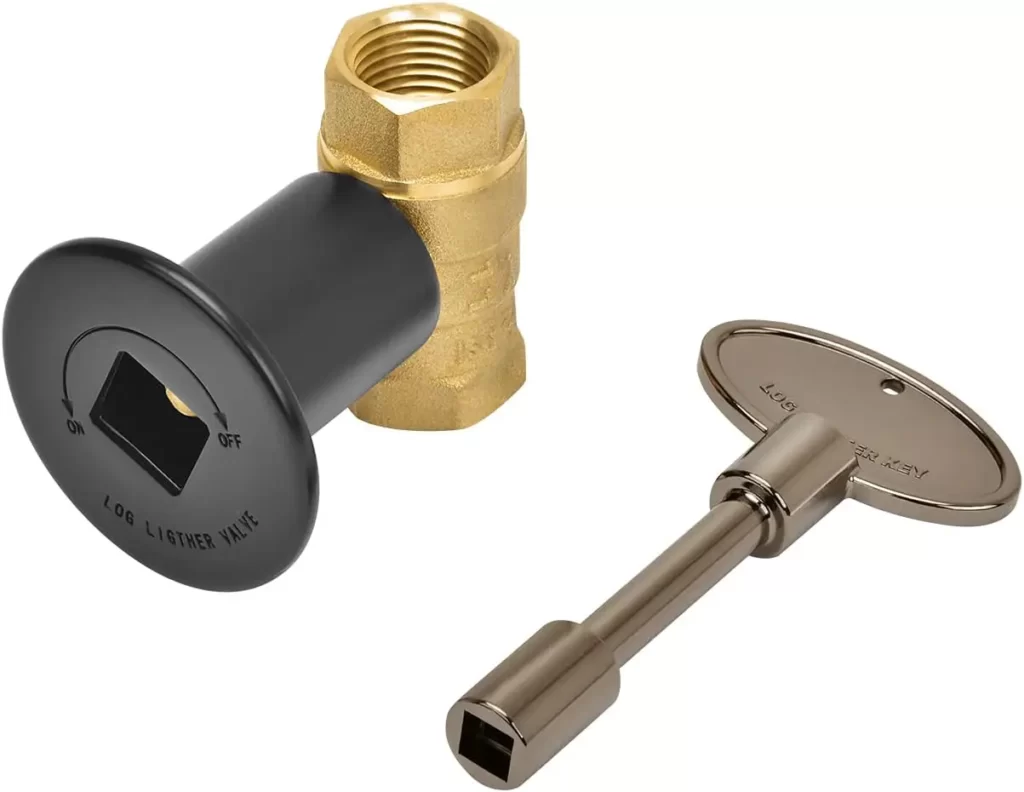
How To Install Gas Fireplace On Off Valve?
Installing a gas fireplace on/off valve is a task that should be approached with caution, and it’s important to follow all safety guidelines and local building codes. If you are uncomfortable with gas-related tasks, hire a licensed professional for the installation. Qualified individuals should always perform gas-related work to ensure safety.
Assuming you have the necessary skills and knowledge, here is a general guide for installing a gas fireplace on/off valve. Please note that this is a basic overview, and you should refer to the specific instructions provided by your fireplace and valve manufacturer.
Materials and Tools:
- Gas on/off valve kit
- Pipe wrench
- Pipe thread sealant (pipe dope)
- Gas-rated flexible connector (if applicable)
- Gas shut-off key (if not included with the valve kit)
- Pipe cutter or tubing cutter (if you need to cut pipes)
Steps:
-
Turn Off Gas Supply: Before starting any work, turn off the main gas supply to the area where you’ll be working. This is typically done at the gas meter.
-
Prepare the Work Area: Ensure good ventilation in the room. Remove any flammable materials from the work area.
-
Locate Gas Line: Identify the existing gas line that supplies gas to the fireplace. If there isn’t one, consult a professional to extend the gas line.
-
Cut the Gas Line (if needed): If the gas line needs to be extended, use a pipe or tubing cutter to make a clean, square cut.
-
Install the On/Off Valve: Apply pipe thread sealant to the threads of the valve. Use a pipe wrench to attach the valve to the gas line securely. Ensure it is tight, but avoid over-tightening.
-
Connect the Fireplace Line: Connect the gas line from the fireplace to the other end of the on/off valve using the appropriate fittings. Use pipe thread sealant.
-
Test for Leaks: Turn on the gas supply and test the connections for leaks using a gas leak detector solution or soapy water. If you detect a leak, turn off the gas immediately and address the issue.
-
Install Gas Shut-Off Key (if needed): If on/off valve requires a key, install it according to the manufacturer’s instructions.
-
Test the Fireplace: Turn on the gas and test the fireplace to ensure it operates correctly.
Related Post: Best Small Gas Fireplaces
How To Tell If Gas Valve Is On Or Off?
Determining whether a gas valve is on or off depends on the type of valve you’re dealing with. There are generally two types: a ball valve and a gate valve.
Ball Valve:
- Parallel to the Pipe: The valve is open when the handle is parallel to the pipe.
- Perpendicular to the Pipe: The valve is closed when the handle is perpendicular to the pipe.
Gate Valve:
- Fully Turned Clockwise (Right): This is typically the closed position.
- Fully Turned Counterclockwise (Left): This is usually the open position.
Other Types:
If you’re dealing with a different type of valve, it’s essential to understand the specific mechanism. Some valves might have indicators (like an arrow or a label) to show the direction for open or closed positions. Refer to any markings or labels on the valve itself.
Safety Precautions:
Natural gas is odorless, but a distinct odorant is added for safety reasons. If you smell gas, assume the valve is open or leaking and take immediate action.
If you’re unsure or uncomfortable, it’s always best to seek the assistance of a qualified professional, such as a plumber or gas technician.
General Tips:
- Righty-Tighty, Lefty-Loosey: This general rule often applies to turning valves. Turning clockwise (right) usually closes the valve, and turning counterclockwise (left) opens it.
- Check Equipment Instructions: If the valve is part of a specific appliance or system, refer to the equipment’s instructions or user manual for guidance.
Remember, safety is the top priority when dealing with gas valves. If you suspect a gas leak or are unsure about the valve’s status, evacuate the area and contact your gas utility provider or emergency services immediately.
Related Post: How to Seal Fireplace From Bugs?
Affiliate Disclosure: Fireplaceadviser.com is a participant in the Amazon Services LLC Associates Program. We may earn a commission when you click on certain links on this site and purchase.

Hello!! I am Jamal Khan. I often fix my home electric heaters and gas stove problems and research the common issues in the heating units to improve my knowledge and expertise. The aim of establishing fireplaceadviser.com is to share my expertise and knowledge with my audience.








